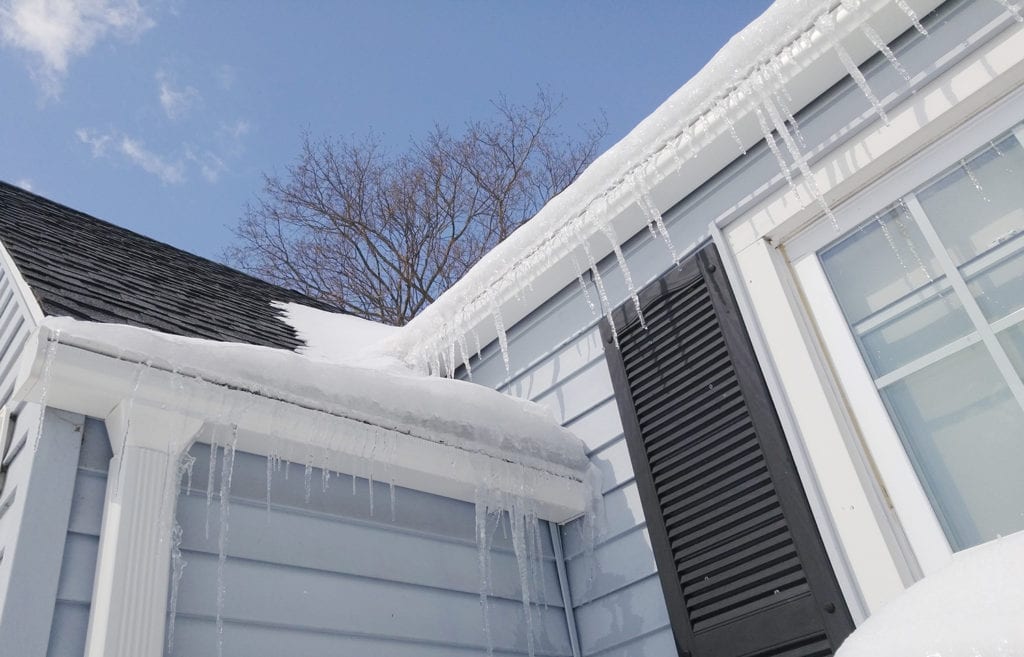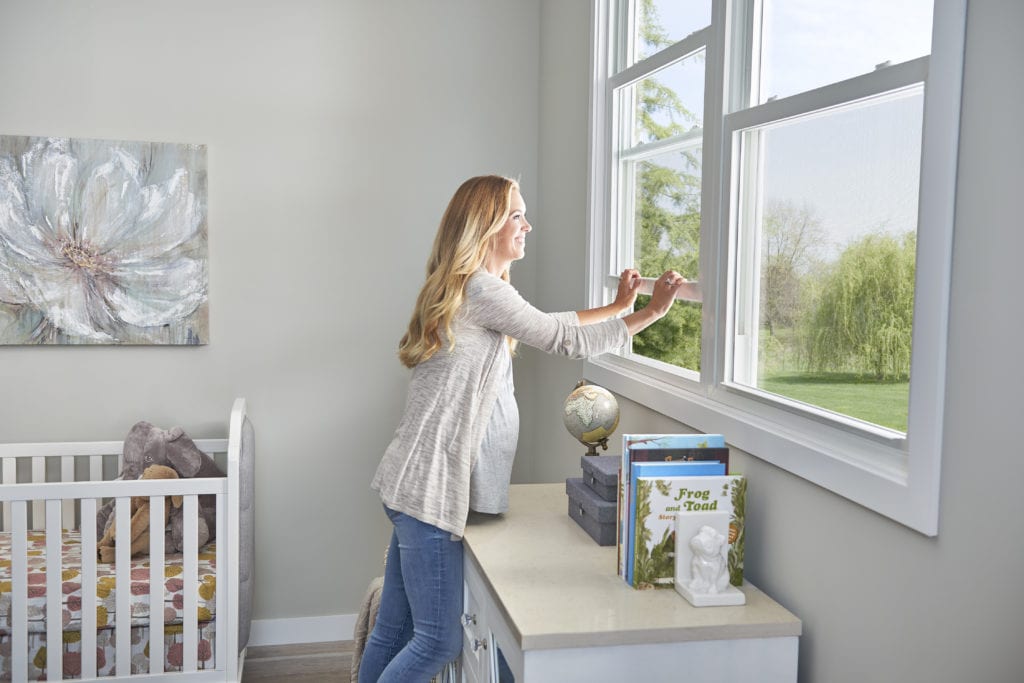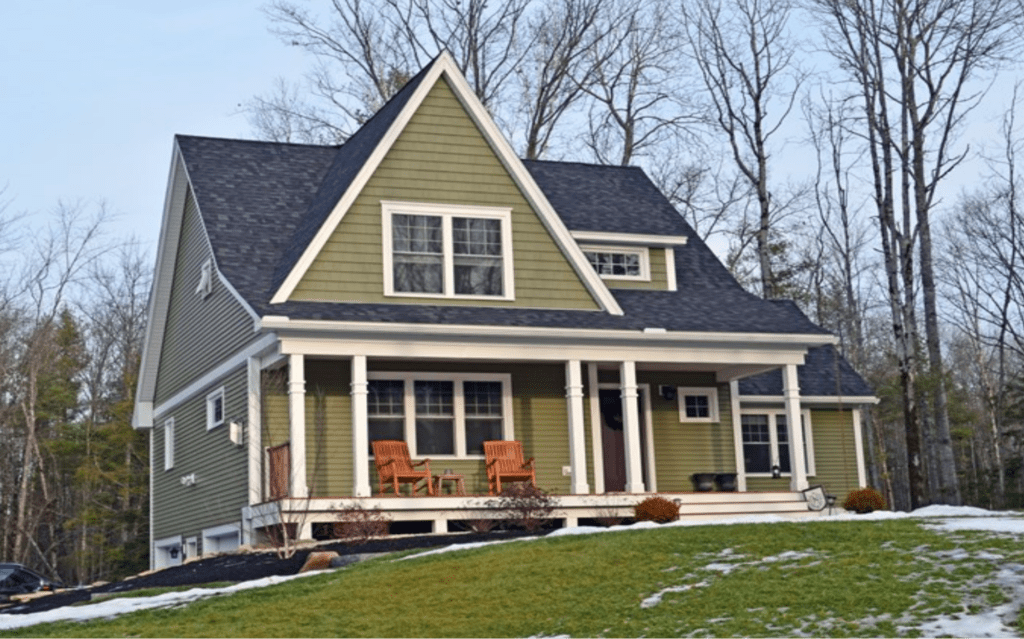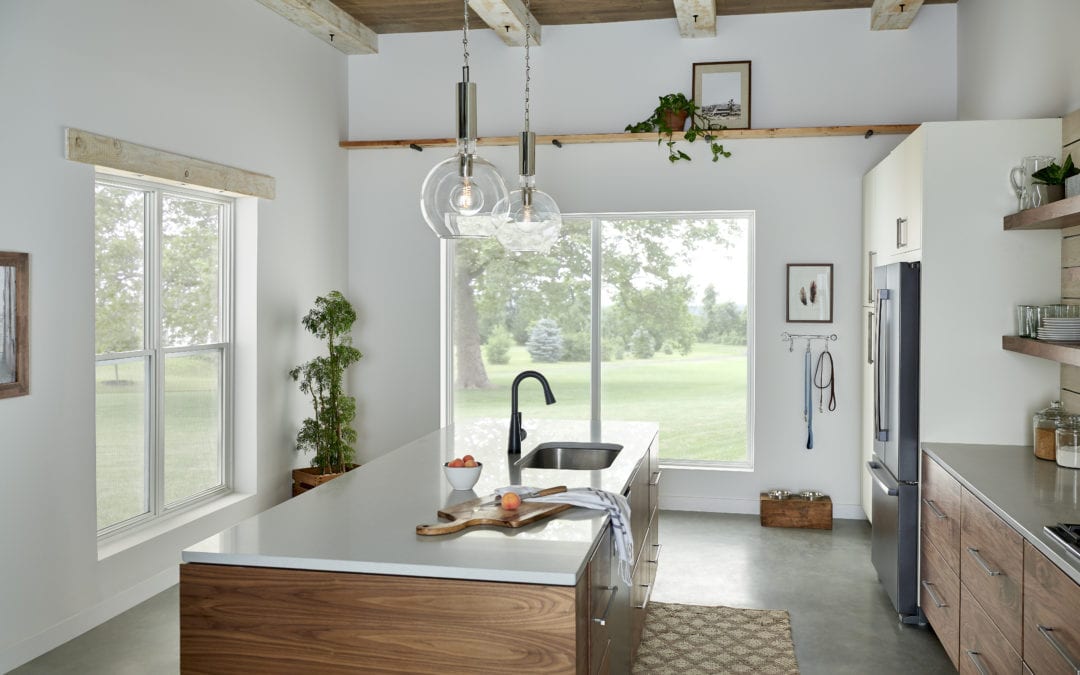Low-E window coatings started as far back as the World War II era. However, Low-E windows weren’t commercially produced until 1976, when Lawrence Berkeley National Lab (LBNL) received $2 million in funding from the Department of Energy.
However, it was still several years before Low-E glass windows started to gain popularity. In fact, it wasn’t until 1992 that the ENERGY STAR® rating system started. Since then, more government initiatives and consumer interest has sparked a growing interest in Low-E windows.
What is Low-E glass? What are the benefits of having it? Here’s everything you need to know about Low-E glass.
What Is Low-E Glass?
Low-E glass, short for Low-Emissivity or Low-Emittance, contains a microscopic coating that helps make the window more thermally efficient. The coating is thin, non-toxic, and virtually colorless.
The coating works by minimizing the amount of ultraviolet and infrared light that can pass through the glass by reflecting it away and reducing radiant heat emissions.
In today’s world, where more and more homeowners are looking for ways to improve energy efficiency, Low-E windows are becoming a standard part of that solution.
6 Top Benefits of Low-E Glass Windows

Here are the six most significant benefits of Low-E glass windows, so you can decide if they’re suitable for your next project.
1. Insulative
Due to their coating, Low-E windows are more insulative than standard non-coated glass. The coating helps reflect heat back into the home in the winter and to the outside in the summer.
In every season and any climate, Low-E glass windows help to keep properties better insulated.
2. Reduces Energy Costs

Somewhere between 10-50% of all energy loss in a home happens through non-coated windows and doors: Low-E glass can help cut back on some of that loss.
Low-E windows help homeowners spend less on heating and cooling costs. Thanks to the microscopic coating’s insulative nature and thermal properties, Low-E windows help reduce energy costs associated with the heat transfer that happens via windows.
3. Protects Homes From Destructive UV Rays
Reducing the number of UV rays that enter the home has more benefits than just lower energy costs. UV rays are known to damage and fade fabrics, carpets, flooring and drapes.
Low-E glass helps to protect the furniture, fabric and flooring inside the house by blocking the destructive UV rays from making their way inside.
4. Allows Natural Light to Flow

Despite the fact that Low-E windows block UV rays and infrared light, they still allow plenty of natural light to pass through because the coating is tintless and nearly colorless.
While the light might be slightly less visible than it would be through a completely clear pane of glass, Low-E glass windows still allow plenty of natural light to flow throughout a home.
This gives homeowners all the benefits of natural light without the drawbacks (see number 3).
5. Non-Toxic and Safe
The coating on Low-E glass windows is safe and non-toxic, so homeowners don’t have to worry about dangerous chemicals or harmful effects on them, their children or their pets.
6. Long-Lasting and Cost-Effective
The Low-E coating is strong, and applied evenly to the entire surface of the glass, which means it isn’t likely to be scratched or damaged. Moreover, Low-E glass windows are typically just a couple of dollars more than regular glass windows. The extra cost generally pays for itself in energy savings.
Make the Most of Your Home With Low-E Windows

If you want the best for your windows, a Low-E coating provides many distinct benefits to property owners.
Low-E windows help reflect heat and improve windows’ thermal performance, helping homeowners save money on energy costs. Additionally, Low-E windows protect the inside of the property from harmful UV rays while still allowing natural light to flow in.
Best of all, Low-E windows are cost-effective, non-toxic and long-lasting, making them a perfect option for any project.
However, not all Low-E windows are created equally. When choosing your Low-E windows, it’s important to choose a trusted manufacturer, such as Paradigm. We’ve been perfecting our windows since 1981, so you can trust that you always get the best in quality, budget and performance.
See our full lineup of residential solutions to decide which Low-E window is best for you.

